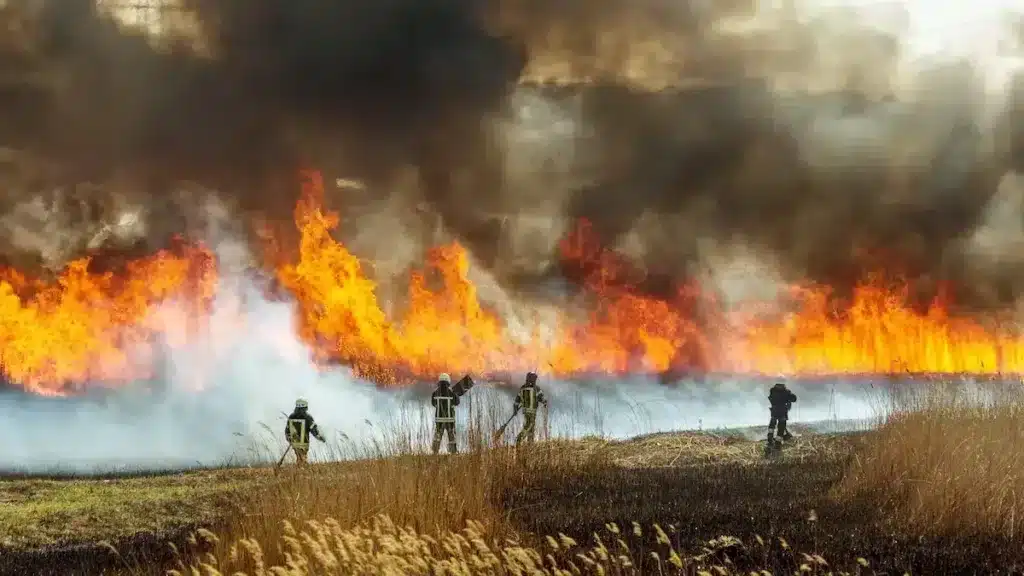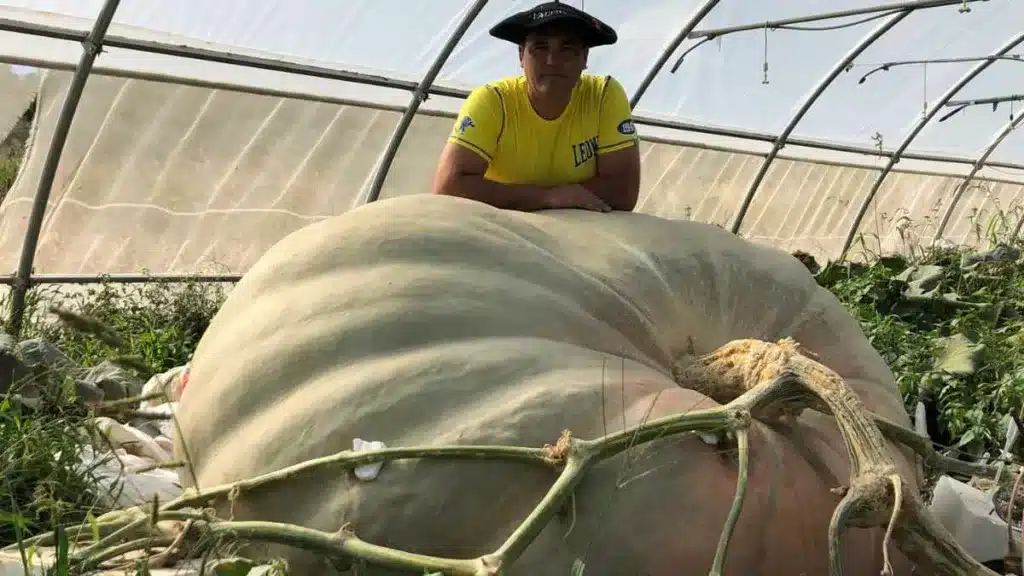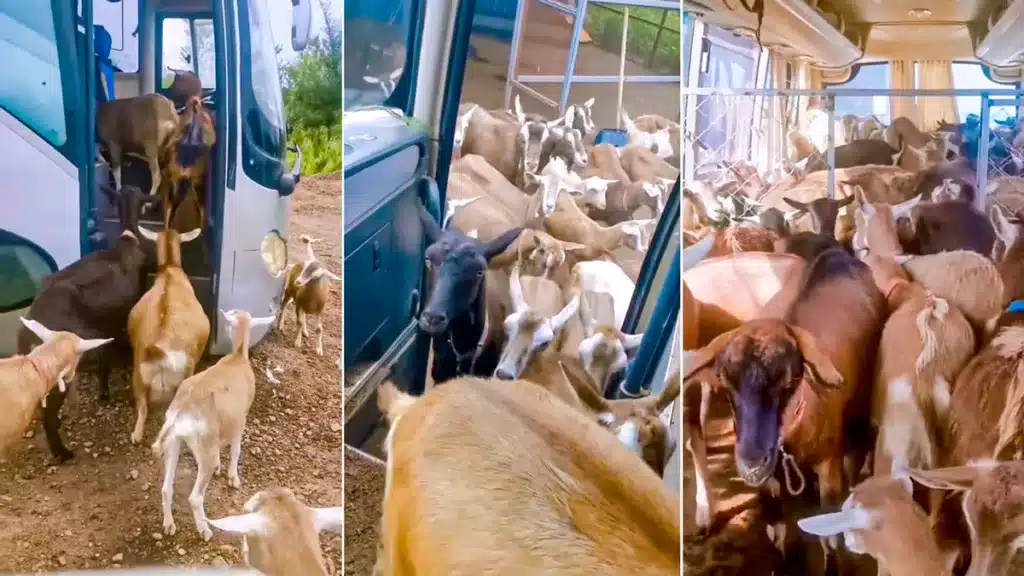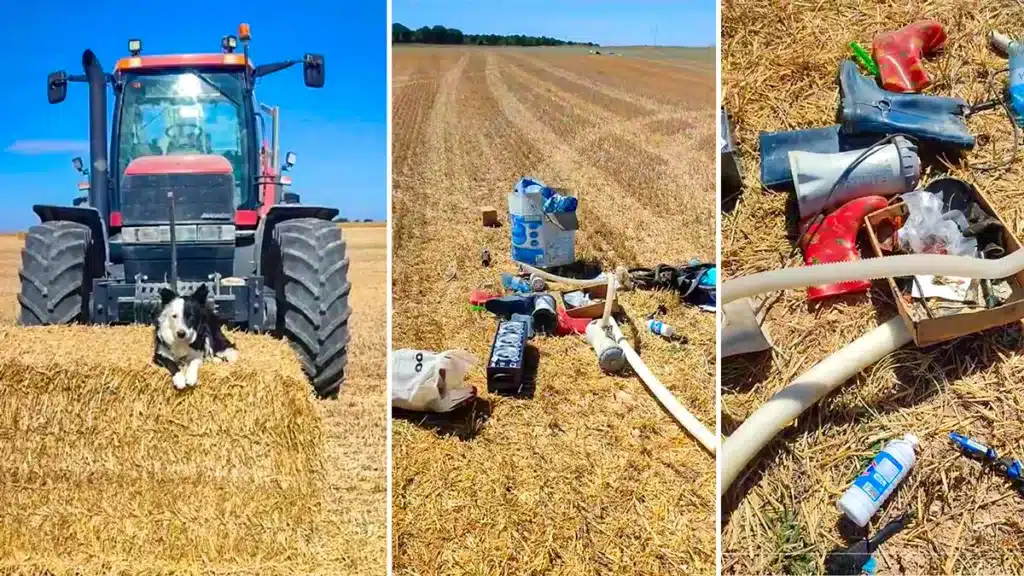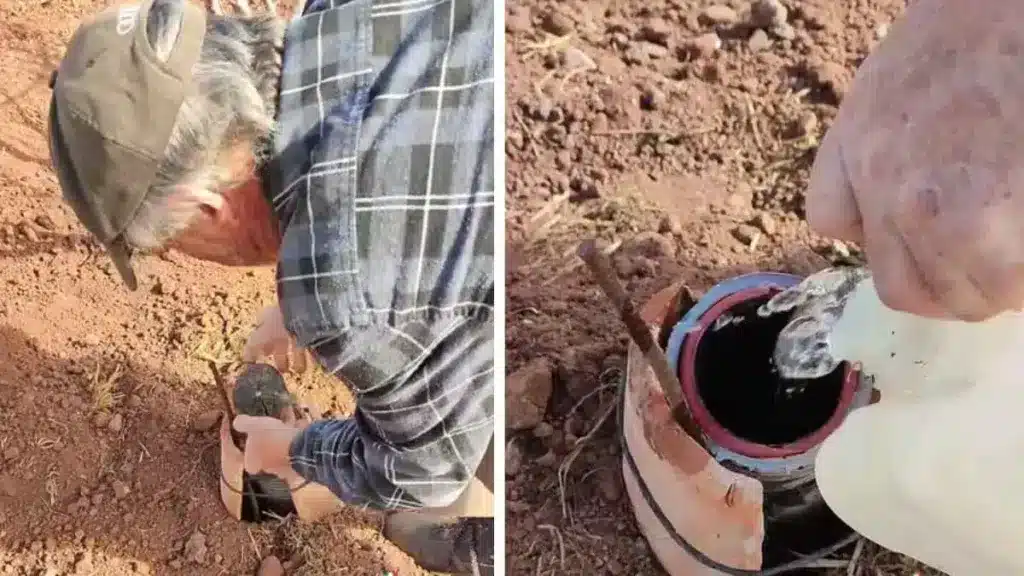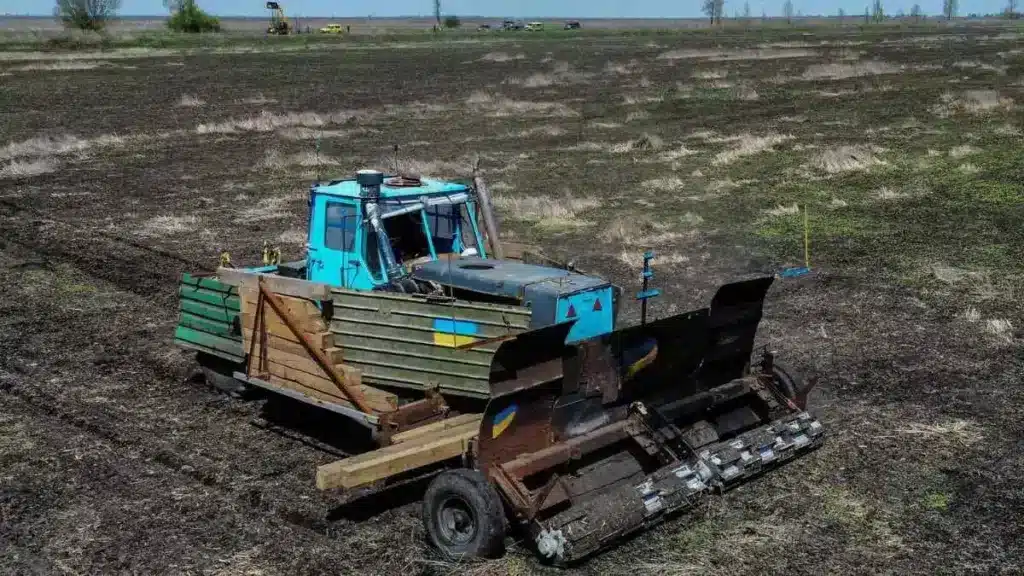By Rosa María Canals. Professor and member of the Ecology and Environment research group and the IsFood research institute, Public University of Navarra.
It seems that the predictions of the experts are becoming palpable in the general population. One of the most serious consequences of climate change is the risk of major fires. Increasingly frequent heat waves, prolonged periods of drought and intense desiccating winds are stressing natural habitats and forest stands. These factors favour fires that accumulate a lot of energy, develop erratic and dangerous behaviour and quickly exceed the extinguishing capacity of the forest fire brigades, which are highly prepared and trained to extinguish them in Spain.
The means to curb climate drift are largely known to the population. We know that this is a long-distance race in which we must be fully engaged at all possible levels of governance, starting with international organisations, continuing with national and regional governments, and ending with each one of us and the lifestyle we responsibly adopt.
The means to curb the neglect of the natural (and cultural) environment and the accumulations of vegetation (fuel) is something that is perhaps not so clear to society, and on which much good work can be done, with results that can be hopeful in the short and medium term. It is worth a try.
Managing the environment to prevent fires
Creating resilient landscapes means adapting our natural and rural environment to threats from climate change, such as large fires, both for our safety and to secure the biodiversity they host, which is also threatened by the extreme severity of these fires.
Controlling the amount of fuel load, its water status and its continuity is an essential step in the fight against fire and we can work properly throughout the year by carrying out good planning and putting existing knowledge into practice.
Working on the whole territory is complex, but we can start by prioritising efforts in the most valuable natural ecosystems, inhabited areas (urban-forest interface), essential infrastructures and in the most critical areas for the advance of a fire. Let us reflect on this with some examples.
How to avoid fuel build-up
The recent early heat wave has put Navarre in check. Particularly its cereal basins and its intermediate mountain ranges partially reforested with coniferous forests. In both situations, measures can be taken to control fuel loads and reduce the risk of a major fire.
This heat wave has coincided with cereal already dry in the field and about to be harvested. Regardless of a possible ignition of the fire by the work of the combine harvesters, the dry straw in the field has favoured the rapid spread of the fire.
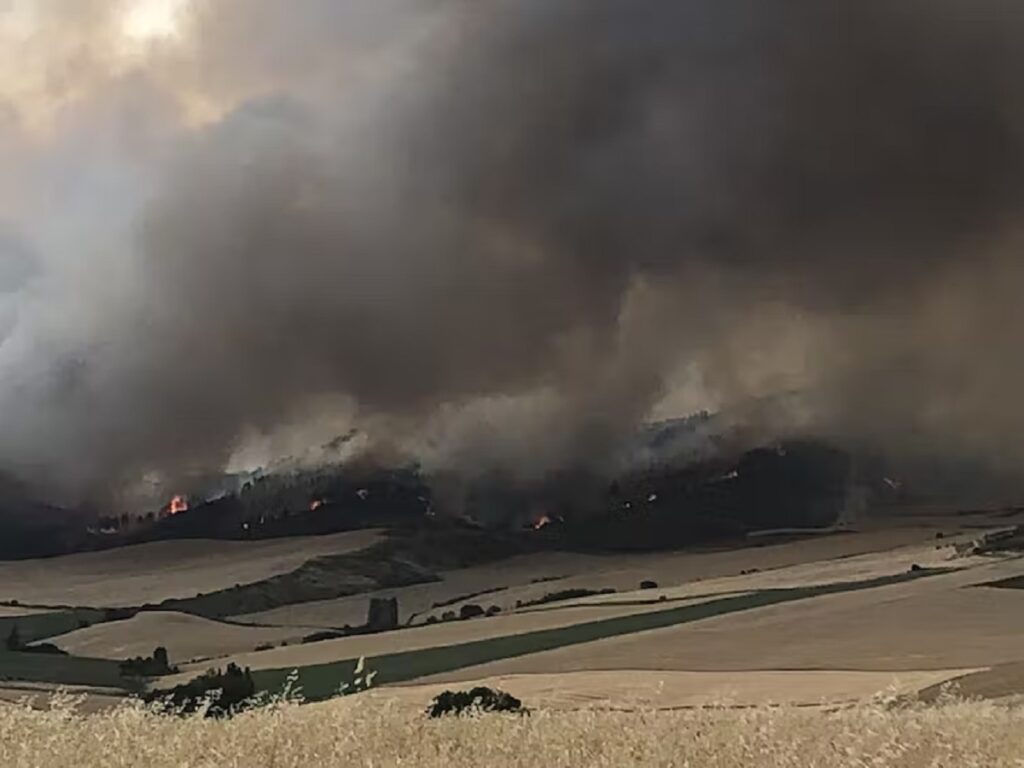
If summers are becoming earlier and more intense, the planning of crops in the vicinity of inhabited centres and critical areas is a measure that should be considered quickly. This involves the creation of green belts: large areas with a very low fuel load that act as a protective shield for what they contain and also facilitate accessibility for fire-fighting operations.
An area of crops that remains green in the month of June and is adequately watered can be a deterrent to flames. The same is true of a large area of pasture grazed by extensive livestock that keeps the vegetation low and green and does not allow it to grow beyond a certain height. On the other hand, an overgrown crop, an abandoned meadow colonised by dense undergrowth or a neglected forest near the village is not.
Active and sustainable rural life
If a farmer has to plant a crop with a lower economic return but with a protective value against summer fire, or a livestock farmer decides to opt for extensive livestock farming, using the plant resources of the environment – fallow land, wasteland, pastures, low tree cover pasture systems – instead of stabling animals and intensive production that brings him more economic benefit, we should not only pay for it, but also promote it and encourage it as much as possible.
The resilience of forests is similar. Planning forest harvesting as a source of energy for local populations, reducing the area of forest cover to maintain a better water status of forest stands and promoting mixed forests, among other measures, help to manage abandoned forests and make them more resilient.
In short, we need to promote and facilitate active, resource-using rural life if we are to protect ourselves and our natural environment from large-scale devastating events. This is what our ancestors did, creating low-fuel belts (orchards, pastures) around their homes and using wood and firewood from forests as energy sources. It seemed so essential, perhaps so banal, that we did not give importance to this ancestral knowledge of coexistence with the environment. It seemed to us to be mere survival.
Faced with a climate change that is showing us its worst face, the need to remember this knowledge, to modernise, plan and promote it in order to create a safe environment and a resilient landscape is palpable. It is also now, as in ancient times, a matter of mere survival.
This article was originally published in The Conversation. Read the original.

